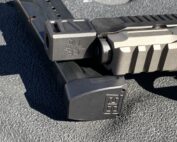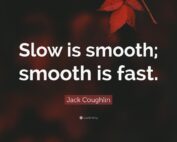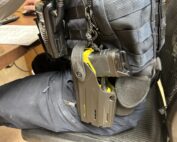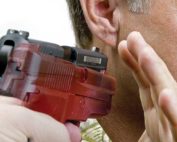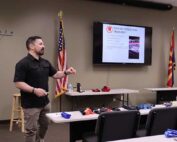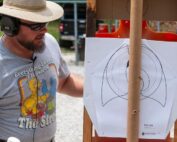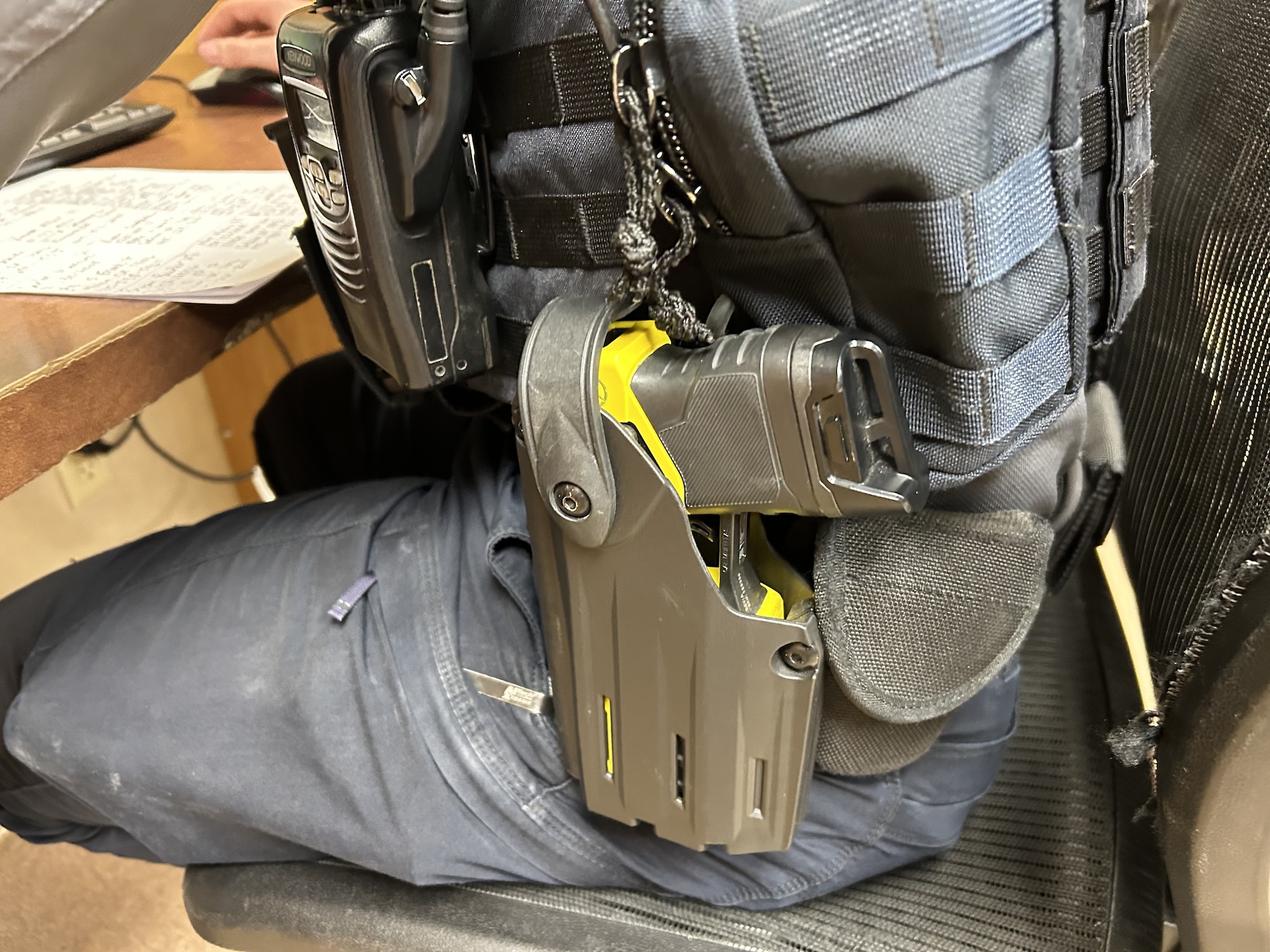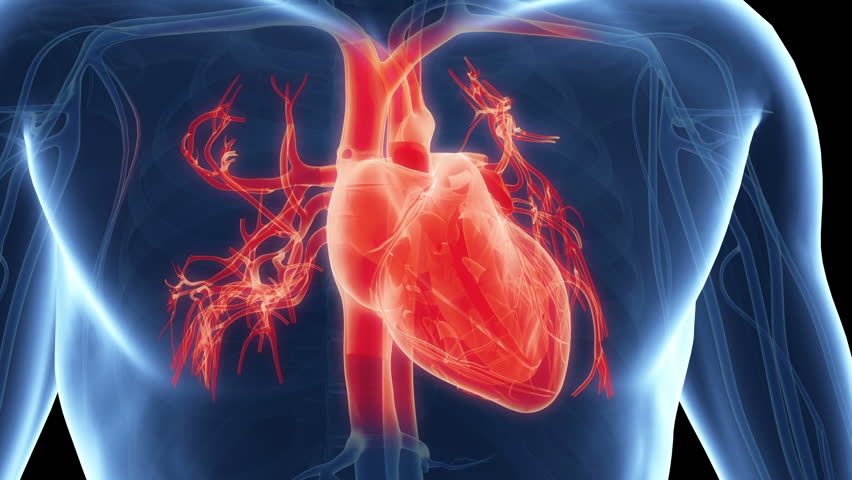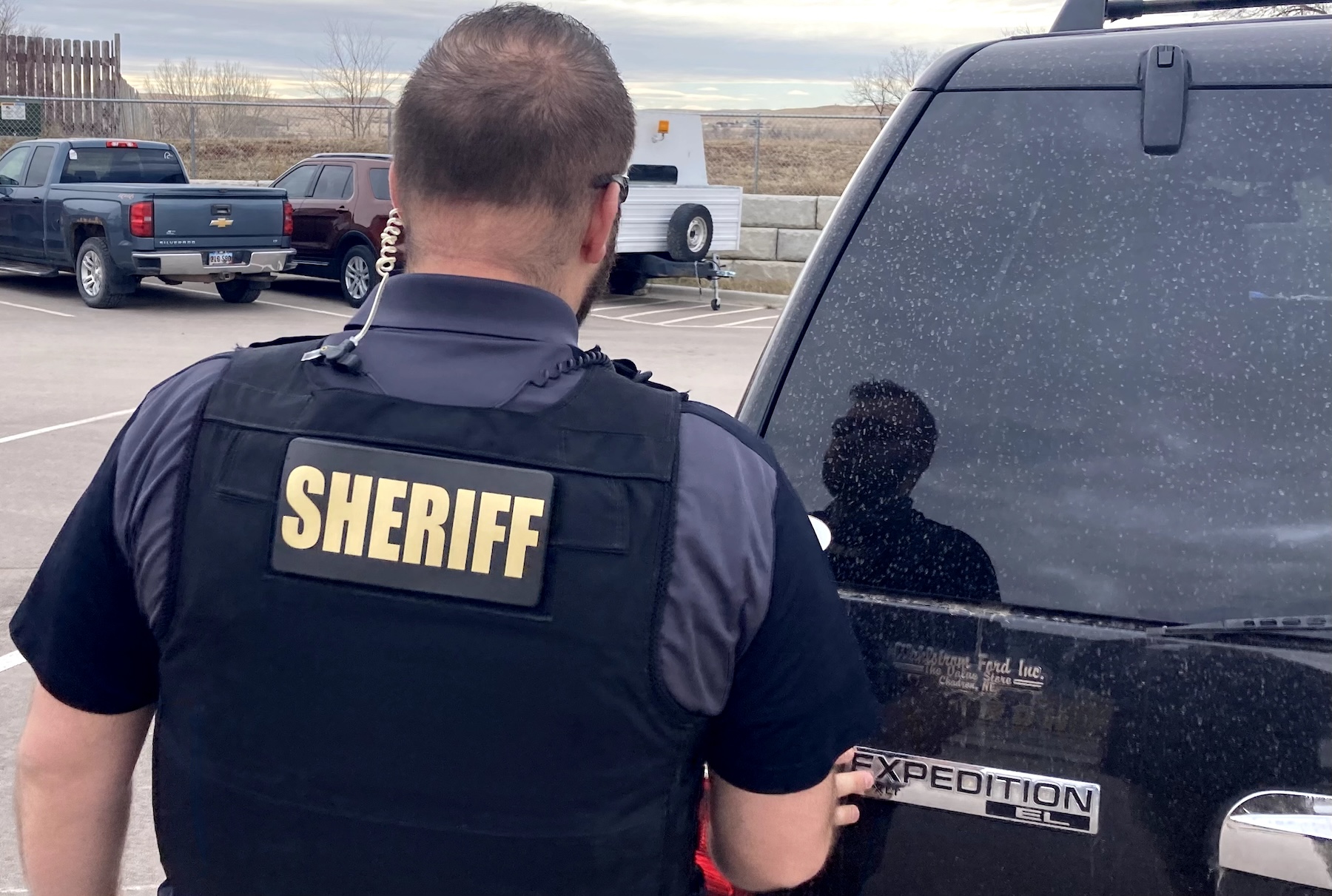
AC1212_SURVIVAL-1
You can see how difficult, if not impossible, it would be to draw from a front pocket holster.
I’m going to put you in a boot for a month,” the doctor said with a frown when she took her first look at my swollen ankle. Thus began my several month journey into the ranks of the walking — I mean hobbling — wounded.
This is not my first foray into work-related injuries. I’ve had two previous hand surgeries (gun hand, of course) and now, foot surgery. Maybe you have experience with this too? Frankly, it sucks to be injured. It really sucks when your injury won’t let you enjoy your usual activities.
So, where do we go from here? What do we do when our injury limits movement or limits how we carry or deploy a weapon?
ONE OF THOSE DAYS
I had my first hand surgery to my right thumb a few years back. My hand was in a wrap/splint for two months. For all intents and purposes, it was useless. Being a right-handed shooter, I immediately went out and bought a left-handed belt holster and began practicing support-hand-only shooting. During this time I carried a .38 snubby in a pocket holster, in my left front pocket, without a reload. It was easier to get around town this way.
One day I went into the local oil change shop. Walking into the waiting room area, I made a substandard room scan as I made my way toward one of the two open chairs. Standing at the counter area was a man I’d seen before. As I began to sit, my mind reeled trying to remember where I’d seen him before. The leather vest he was wearing had a certain patch and rocker design, which sort of stood out. And then it hit me. A few years before, I had towed his motorcycle while working a gang suppression detail in the county.
When we last met, he was less than happy with me and I seem to recall he was on parole for violent offenses. And now he was looking hard at me, no longer chatting up the receptionist. I could tell he, too, was trying to remember where he had seen me. As I sat wedged in the chair, nonchalantly reading some dog eared car magazine with my best friend giving me the prison yard stare, I could feel my .38 snubby sitting comfortably in my front pocket. There was no way I could get to it with any sort of speed if I needed it.
MOBILITY AND ACCESSIBILITY
That day changed how I viewed off-duty carry. Not only what I carried, but also how I carry it. Don’t get me wrong, I still carry a snubby quite often, but it’s almost always in a support role to another handgun, and if it is the only gun I’m carrying, it’s more accessible than being carried in my front pocket.
Currently, I’ve almost completely recovered from the foot surgery. For a time I was kept to non-weight bearing status, having to rely on crutches or a walker. Aside from the obvious mobility problems and an unstable shooting plat-form, I had to address how to carry and deploy my handgun. I learned an IWB holster at the 4 o’clock position is a miserable failure when you’re on crutches however, a good way to knock yourself over as you draw your gun. Ultimately, I modified my mode of carry to appendix carry, with the highest capacity concealable handgun I own, a 9mm Glock 19.
Injuries happen and police work doesn’t come with guarantees; you may get a little bruised up or seriously broken on the job. Whether it’s broken bones, muscle tears, a bad back or something that lands you in a wheelchair, don’t let it come between you and your desire to carry a concealed gun. If you get injured, you need to adjust your thinking — and hardware — to make do.



